09th May 2024
Welcome to the jungle
We got fun and games
We got everything you want
Honey, we know the names
- Guns N’ Roses
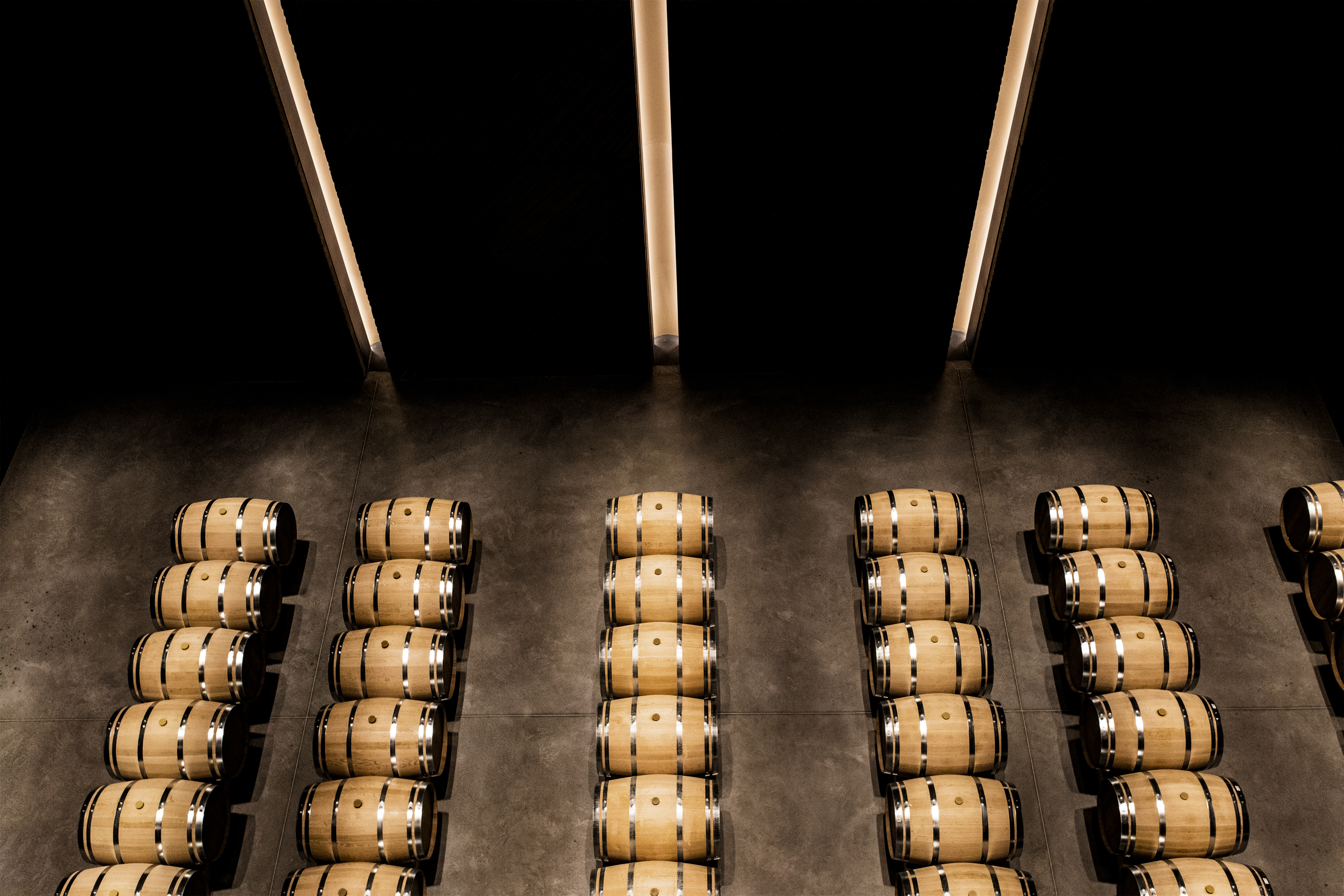
Welcome to the Jungle
2023 was a scorching year for Bordeaux, on par with 2003, yet not in the typical “solar” sense. Much of the growing season was shrouded in overcast skies. A period of sustained heat and wet conditions in June spawned unprecedented and sometimes devasting mildew outbreaks coupled with an explosion in vegetative growth. In some areas, the vines didn’t stop growing until late August. The impacts of this unusually tropical growing season caught a lot of growers and winemakers off-guard, finding themselves thrown into a chaotic, untamed jungle fraught with unpredictability. Survival depended on reacting and adapting with Bear Grylls resourcefulness. Even after conquering the mildew, attaining ripeness could not be taken for granted. In this game of Jumanji, there was a roll-of-the-dice element of luck regarding the amount of rain received and possessing the most beneficial terroirs. It was not a “classic” great growing season nor a consistent one, yet some classically styled wines at the pinnacles of greatness have emerged from the 2023 Bordeaux jungle.

Most vintages involve some detective work to reveal the true story of what happened during the growing season. 2023 required a lot of detective work.
The wines are what they are, regardless of what château owners and winemakers tell you. But in an inconsistent vintage like 2023, much of what you’re told just doesn’t add up when you taste the wines.
2023 is a real devil-in-the-details vintage. Many small details explain why some vineyards produced stellar, singular wines and why many wines do not live up to the promises of the positive spin.
Let’s begin by unpacking the key growing season factors to understand the hows and whys of the wine styles and quality levels across Bordeaux in 2023.
2023 Key Factors Growing Season Factors
· The first five months of 2023 were drier and warmer than the averages over the preceding ten years, leading to an early bud break.
· Flowering mainly occurred during the warm, dry conditions in the last week of May and the first week of June. Flowering and fruit set were textbook perfect, setting a potentially abundant crop.
· Then the weather turned tropical with three+ weeks of heat and unrelenting rains. June rainfall and temperatures were considerably higher than the ten-year averages (102 mm of rain in 2023 vs 70mm over the 10-year average and 22.5 °C vs 19.8°C).
· Downy mildew outbreaks in June and continuing into July were relentless. Smaller/compact/contiguous vineyards and larger vineyards with the resources to perform the necessary high-frequency spraying regimes managed to pull through with minor damage, albeit at great expense. Others were not so lucky.
· Amidst the mildew risk, the amount of green harvesting performed (not too little, but not too much) would be an essential factor in achieving ideal ripeness without berry-shriveling when the heat arrived later.
· July was drier and hotter than average, but also unusually cloudy, equating to lower overall sunshine hours. Meanwhile, the canopies just kept on growing. These conditions, bundled with the fact that some vineyards were carrying pretty hefty loads, led to a protracted veraison and uneven ripening.
· By the end of veraison in mid-August, sugar levels were lagging, and prospects for ripening were looking bleak. Then, the first of the two pre-harvest heatwaves occurred from August 18th to the 24th with sustained temperatures above 35 degrees C, peaking at 40 degrees C in areas. This burst of heat was beneficial to ripening in some vineyards, depending on soil type, variety, vine age, and crop load. For other producers, especially in Margaux, it just exacerbated the ripening problem, causing vine blockage, sunburn, and/or berry shrivel.
· A second heatwave occurred September 1 through 11, hitting 36-37 degrees C highs. This heatwave broke after September 11 with a few days of thunderstorms, depositing 20-35 mm of rain in Médoc but only 4.7 mm on the 11th in Pomerol.
· Overall, there would be a significant difference in the amount of rain received around Bordeaux in September and its impact. In total, Pomerol only received 51.5 mm of rain, most of it after the Merlot had been harvested. The Médoc received 70-85 mm of rain in September, most of it before the Cabernet was harvested, in some cases causing dilution, which depended largely on soil type and harvest date.
· On the 21st and 22nd of September, the weather forecast called for 60-100 mm of rain. This was at a stage where the Cabernets were, for the most part, not fully ripe. Many wineries panicked and picked at least a portion of the Cabernet, which accounts for the green characters/pyrazines present, especially in some Médoc wines. But the forecast had overestimated the amount of rain that would fall. In the end, the Médoc received 25-32 mm over that period (not a small amount, but not 100 mm), and Pomerol received about 18.5 mm.
· Early October remained hot—27-32 degrees C—and dry. This is when the last of the Cabernets were harvested.
· Yields came in high for the top (wealthy) appellations and estates in 2023, while painfully low for the lesser ones and some organic producers. Having the financial ability to fight the mildew was the major factor affecting yields.

A few producers have potentially produced their best wines ever.
As I mentioned in my preliminary report on 2023, specific producers on terroirs conducive to managing the pitfalls of the 2023 growing season and who waited for ripeness went on to produce stunning wines that are right up there with the best examples from these estates. A few producers have potentially produced their best wines ever, thanks largely to recent improvements to their vineyards and/or wineries.
The other good news is for lovers of “classic” Bordeaux wines. 2023 has revealed itself in the form of lighter-weight styles, around 13.5% or below on the Left Bank and mostly below 14.5% on the Right Bank, delivering predominately savory/earthy/minerally characters while downplaying the juicy-fruit expression that dominates the styles of 2018, 2019, and 2022. Given that alcohol level is a major contributor to the sensation of body, most of the wines are light to medium-bodied or medium-bodied. And the acidities are trending higher (lower pHs) this year, delivering fresher, more elegant, energetic styles.
Quality in the Medoc is more irregular.
Now for the bad news. I always head into Primeurs’ tastings with an open mind, but the style of the 2023s took me by surprise, not least of all because I started in the Médoc, where quality is more irregular than on the Right Bank. While Merlot took the brunt of the mildew damage throughout Bordeaux in June and early July, bringing the Cabernet Sauvignon to complete sugar, phenolic, and flavor ripeness on the Left Bank potentially proved even more problematic ultimately. Many Médoc wines came out greener and thinner than I’d imagined, given the overall heat of the growing season, with tannin issues ranging from a little “al dente” to downright rugged. This is not to say that the Right Bank had an easy vintage—far from it. Some Merlot-based wines on the right side of the estuary suffer from unpleasant rustic characters, chewy tannins, and lean mid-palates, which are best avoided.
What happened?
I believe the three major growing season factors affecting quality were mildew, late-season heat waves, and harvest decisions.
THE MILDEW
“The mildew pressure was huge,” said Nicolas Audebert from Châteaux Rauzan-Ségla and Canon. “It was a historical amount of pressure, a natural catastrophe. People want to downplay it, but it was huge. Your capacity to react is a major factor in success. So yes, we had mildew-burned berries at Rauzan-Ségla, mostly Merlot. We are in the last year of organic certification here.”
Nicolas Audebert is uniquely positioned to discuss the mildew situation in 2023 since he manages top estates on the Left and Right Banks. Although Merlot was generally more impacted by the mildew and therefore the Right Bank was harder hit, Rauzan-Ségla, in Margaux, took more of a mildew hammering than Canon on the famous plateau of Saint-Émilion.
"The mosaic patchwork we have at Rauzan is hard to manage." explained Nicolas.
“The mosaic patchwork we have at Rauzan is hard to manage,” explained Nicolas. “When you want to understand what happened to the vines in the morning, it can take 3 to 4 hours to inspect everything. Rauzan is all about construction. At Canon, it is much easier. The soil is so homogeneous and strong there. It was easier to manage the impact of mildew on the limestone.”
Fighting the mildew in 2023 was, on the one hand, a game of terroir and, on the other, a rich man’s game. For more humble growers with large, unwieldy estates to manage, 2023 was a battle against nature that they simply didn’t have the resources to win. However, spectacular wines were made in 2023 by one person on a tractor working their tails off within a modest winery. But this was feasible only if the estate already had sufficient human resources to put in the necessary overtime (i.e., small, family-owned estates like Poesia and L’Eglise Clinet). For large estates, it was necessary to have the financial means to throw a lot of money at the situation.
Château Toulouze in Graves-de-Vayres lost all their Merlot because of mildew this year, therefore producing a wine that is purely made from Cabernet Sauvignon and Cabernet Franc. “The June rain was coming from the ocean, so Pessac was hit hard,” said Frederic Massie, a partner at Derenoncourt Consultants. “Larrivet Haut-Brion lost the Merlots that go in the second wine because they were trying to farm organically. Merlot was hit hard, especially when organic. It wasn’t just the rain that was the problem; it was the humidity. And it continued to be hot at night. When it is very humid without any rain, you need to continue to make treatment each day. Sometimes, it is impossible. Also, sometimes the old products (copper sulfate) don’t work so well, or they work, but you can’t spray it every day, and there is a limit to the amount you can use. Also, the copper doesn’t stick to the skin of the Merlot so well, especially when the berries are damp. If you are in an area that got more rain and humidity, there was nothing you could do.”
"We had to drop a lot of fruit."
“At Monbousquet, we had to drop a lot of fruit at the end of June due to mildew in order to clean the vineyard and fruit,” said Henrique Da Costa of Château Pavie. “Yields are there are down to 28.75 hl/ha. However, we had very little mildew at Pavie because, on the plateau, there is wind to dry out the vines. Clearly, the terroir helps us.”
Stephan von Niepperg, who owns Canon La Gaffeliere in Saint-Émilion as well as d’Aiguilhe in the Castillion mentioned, “Mildew was particularly bad in Castillon because we had more rain there in June. We had to mark whole areas not for harvesting with blue and red bands that construction workers use.”
The impact of mildew on yields and blends/styles is well-known, but does mildew affect wine quality? Most winemakers will tell you, “No.” And this is true when dealing with a small amount of mildew-affected bunches, which can easily be eliminated. However, when mildew is widespread, it is critical to drop the affected berries/bunches prior to or during harvest, although not everyone has the means to do so. And yes, modern sorting tables such as optical, density, etc., for those that can afford them, are good at eliminating much of the dried-up, raisiny, mildew-affected berries, but not they’re perfect. This is one of the factors lending rustic characters to some of the 2023 wines, particularly affecting Right Bank and Graves wines.
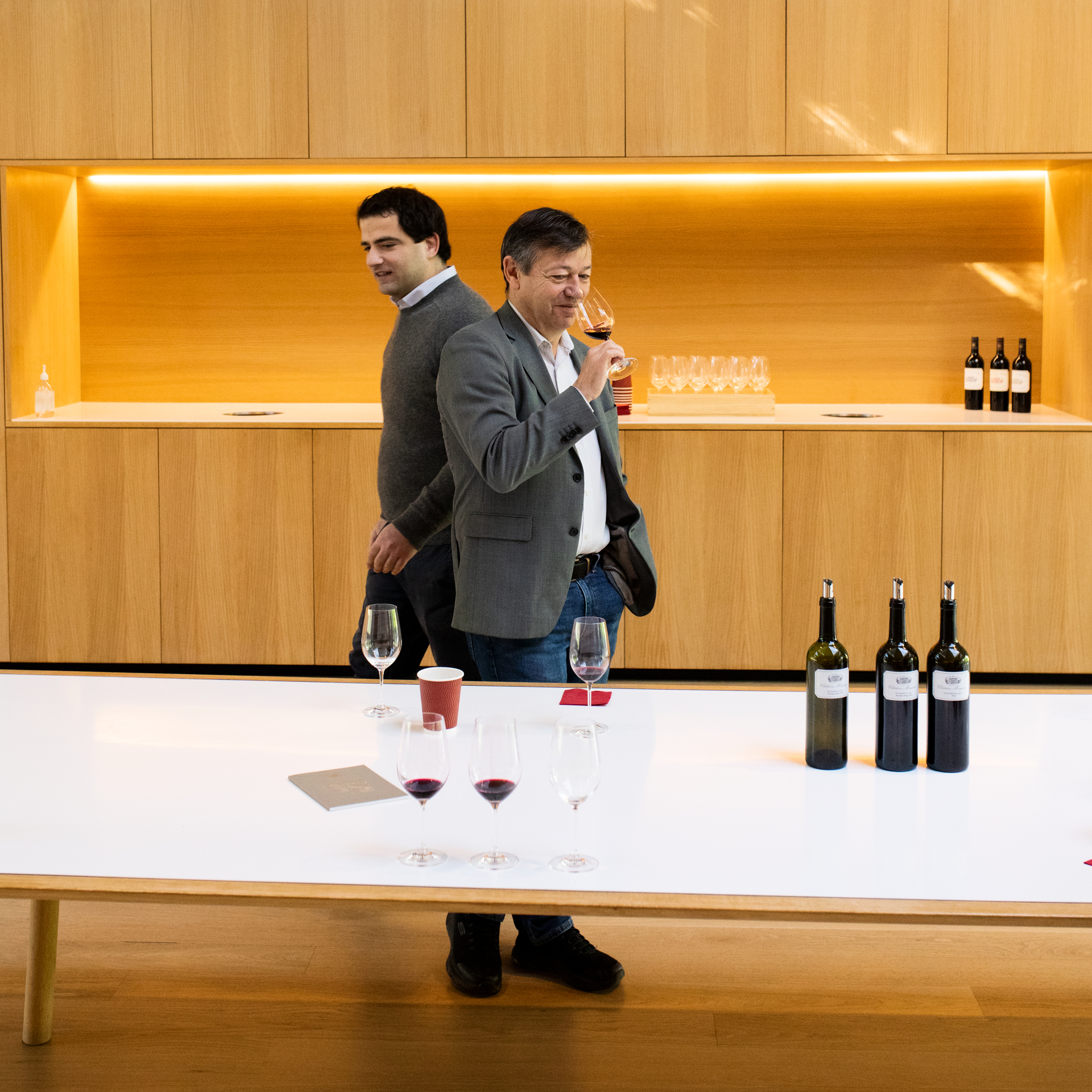
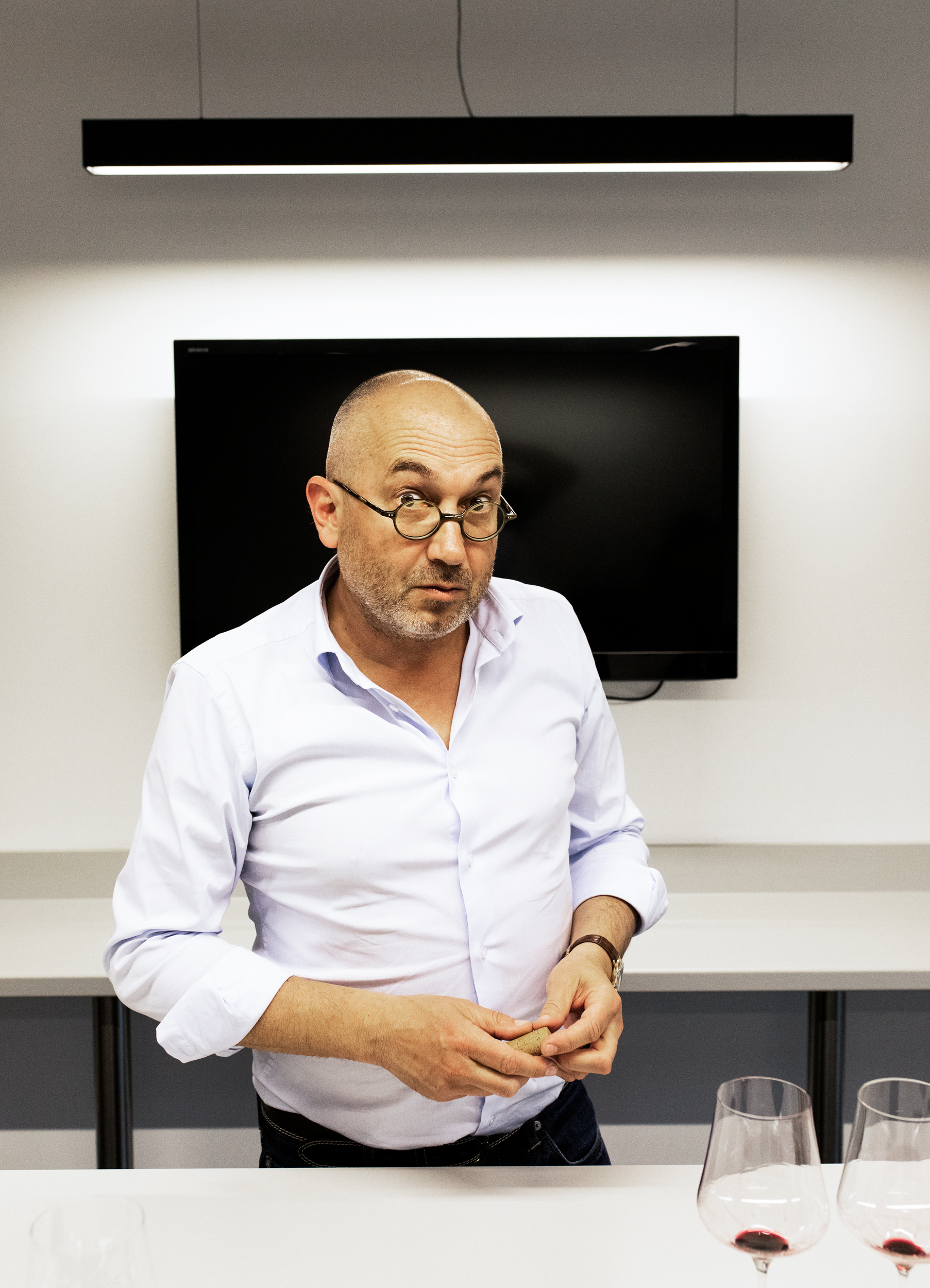
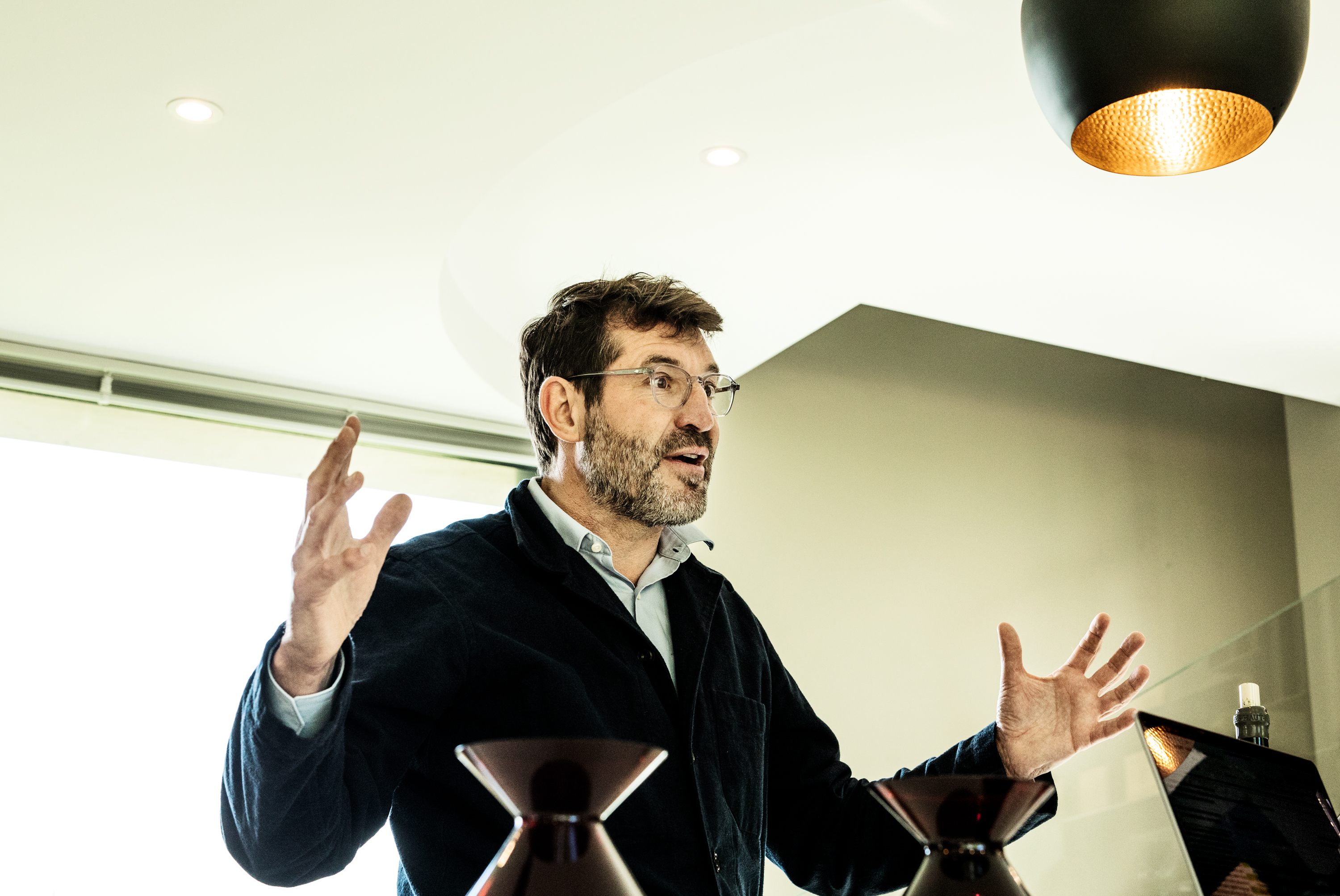
The Late-Season Heatwaves
“Up until 15 August, the summer was full of contrasts: slightly warmer than average although fairly dull and dry overall yet with regular storms,” commented Professor Laurence Geny, Elodie Guittard, Dr. Valérie Lavigne and Professor Axel Marchal in their annual report on the vintage. “These conditions led to the early onset of colour change (véraison), which lasted nearly one month while the vines continued to grow in most terroirs, leading to fears that the grapes would struggle to ripen. Fortunately, the situation changed drastically from 16 August onwards, with a heatwave, unprecedented at this stage of the vine cycle, halting growth.”
In the run-up to the late August and early September heatwaves, veraison across Bordeaux was sluggish, and sugar levels were tracking low.
Jean-Philippe Delmas from Haut-Brion pointed out, “It was a cloudy July—far less sunny than 2022. This is the key to why we have less sugar.”
The overall lack of sunshine will be one of the factors accounting for less sugar in the 2023 reds, the other major one being dilution, which will be discussed later.
The first week of August was dreary, overcast, and lukewarm, with temperatures in the low to mid-20s C (low to mid-70s Fahrenheit). Then came the heat.
The late-season heatwaves that have become commonplace in Napa Valley in recent years came to Bordeaux in 2023. Although the red grapes desperately needed the heat and sunshine hours to ripen, the sudden heat spike from August 15th to the 24th (hitting a high of 40 degrees C / 104 F) was a shock to the vines. It finally halted the canopy growth but also resulted in some vine blockage, sunburnt berries, and berry shrivel.
Thomas Duroux at Château Palmer said, “The dynamic of the vintage completely changed in the 3rd week of August. Before this, the vines were crazy. The vines did not stop growing as they should; they kept going and going. Then, when the heat hit in the 3rd week of August, the vines stopped growing. We lost some of the crop. Our light gravel soils are more sensitive to warm, dry conditions. That accounts for the lower yields in Margaux.”
Margaux and Pessac-Leognan indeed had significantly lower average yields than the rest of the top Médoc communes:
Margaux = 37.7 hl/ha
Pessac-Leognan = 38.1
Saint-Julien = 50.3
Pauillac = 47.1
Saint Estephe = 51.6.
This partly down to mildew impact, but also the impact of the heatwave, resulting in more sunburn and berry shrivel in these warmer communes with freer-draining soils.
"This wasn’t an abundant year for Margaux."
“This wasn’t an abundant year for Margaux,” said Lascombes’ new estate director, Axel Heinz. “We lost a lot to the heat spikes that came just before harvest. It was the same across the commune.”
“At the end of August, we had some sunburn,” said Château Margaux’s winemaker Philippe Bascaules. “It was almost 40 degrees C. We lost about 10% of the crop to sunburn. In the end, we had 41 hl/ha, but we would have had 45 except for the sunburn. We experimented with the clay to protect from sunburn. In the future, we are looking to change the orientation of the rows because the exposure hits the south and west sides. The worst affected is east-west orientation, where you have a side facing south. Therefore, for some spots, as we replant, we are changing the orientation. We’ve asked the AC of Margaux to ask the INAO if we can experiment with shade cloths, and we now have permission to trial them for experimental purposes for a few years. I’d prefer to have the control of shading only when necessary, using the shade cloths.”
Guillaume Pouthier of Les Carmes Haut-Brion commented, “Of utmost importance this year was the ability to remove the dried berries that were raisined by the sun during the heatwaves. Some people couldn’t afford to remove the dried berries, because it accounted for about 10-15% of the crop.”
Romain Jean-Pierre, technical director at Château Figeac, said, “The end of the month of August was tricky. We didn’t do deleafing in August, which was a good decision. One week later, we had 40 degrees. After the heat, we had to rush to pick the Merlot early. We started on the 6th of September. Then, we stopped the harvest for twelve days because the Cabernet Franc and Cabernet Sauvignon were not ready. It was a long delay, but the Cabernet skins were not ripe. Sorting was also important—to be sure to sort the dried berries. On the outside of the bunches, there were some dried bunches. We used a density bath to chill the berries and help to pre-sort the dried berries.”
Thus, the late-season heatwaves had both positive and negative impacts.
On the plus side, the region needed sun and heat to rapidly boost ripening. The downside was that they directly resulted in some of the raisins/dried berries/rustic characters and indirectly affected ripeness by causing incidences of vine blockage.
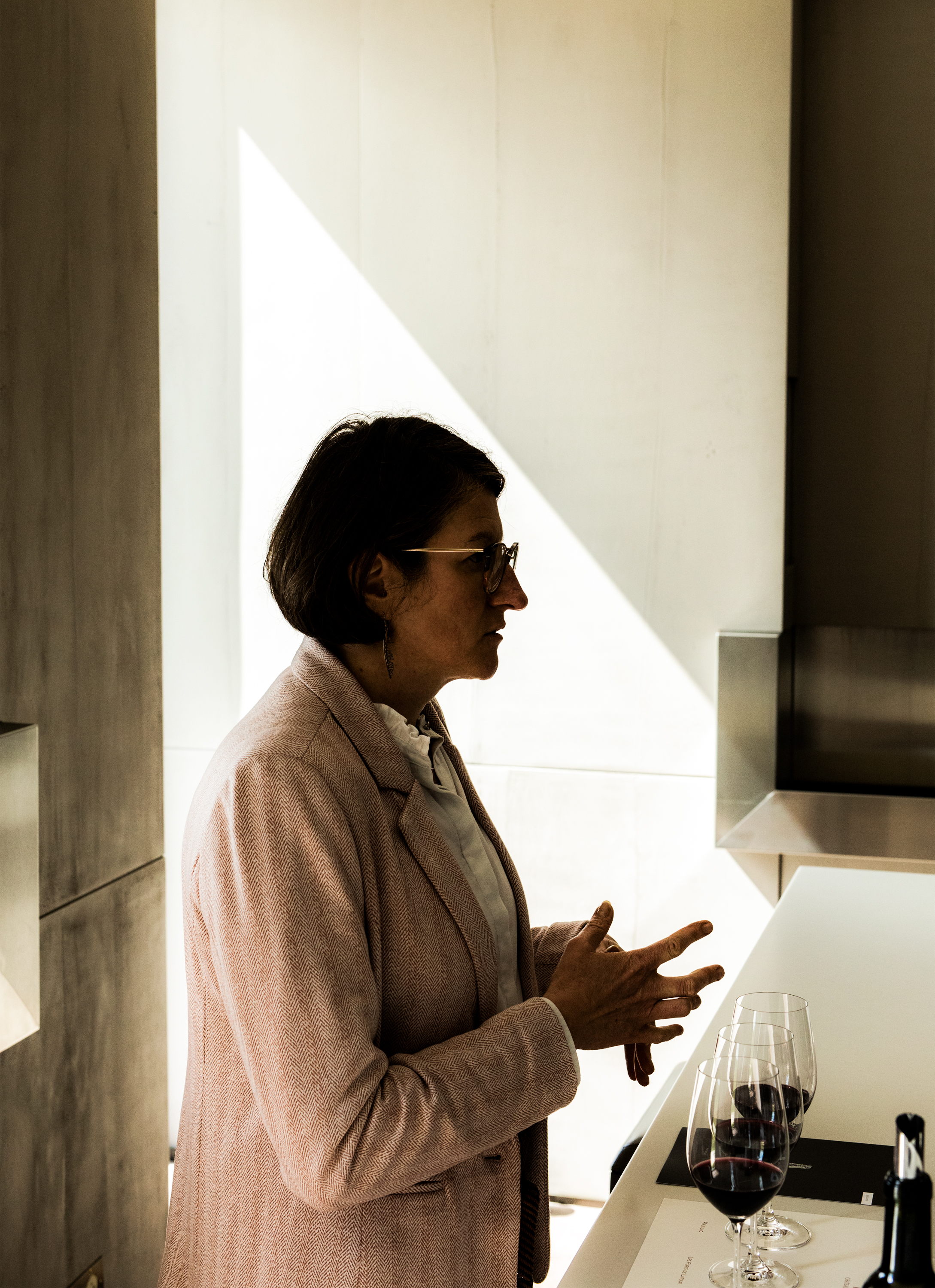
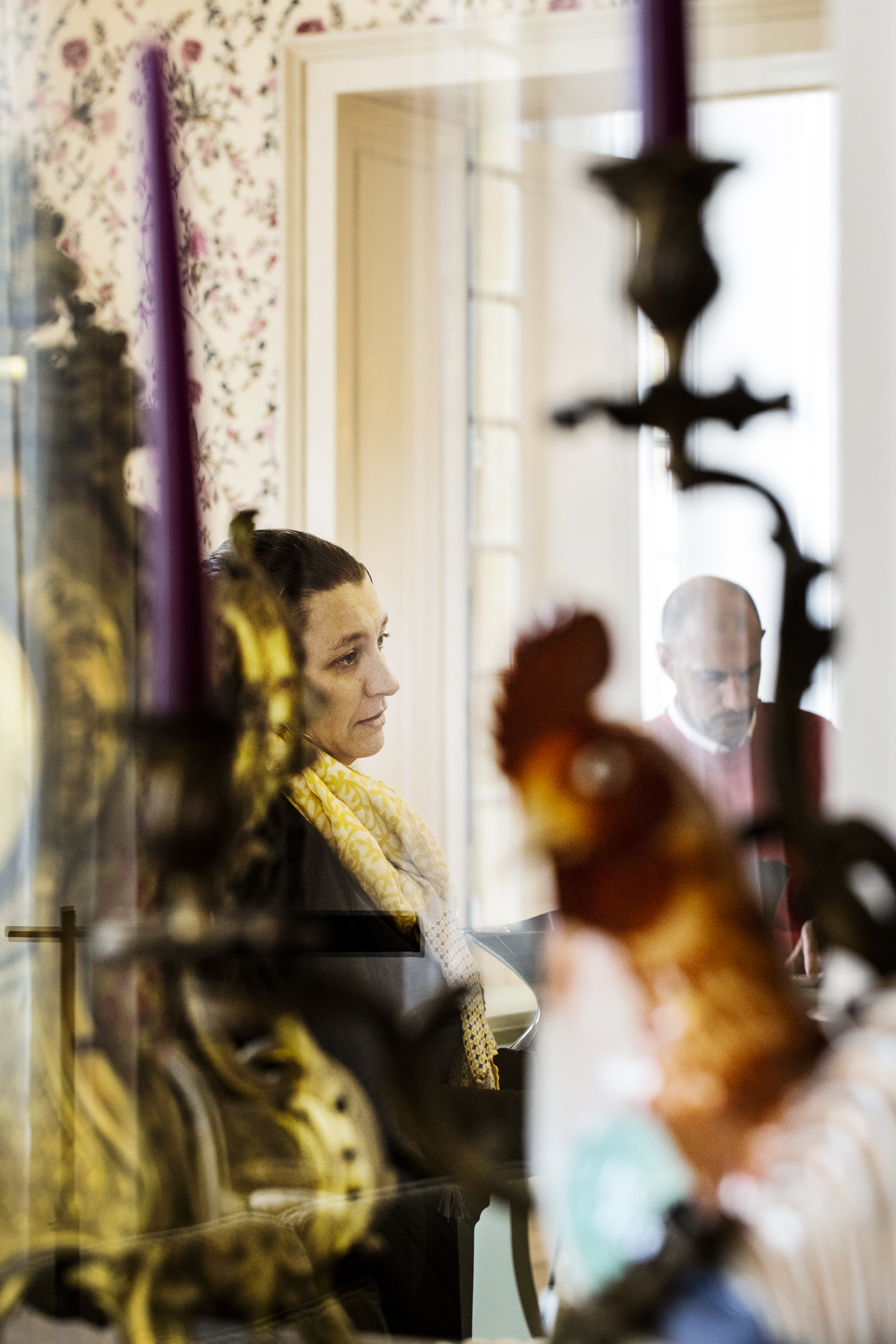
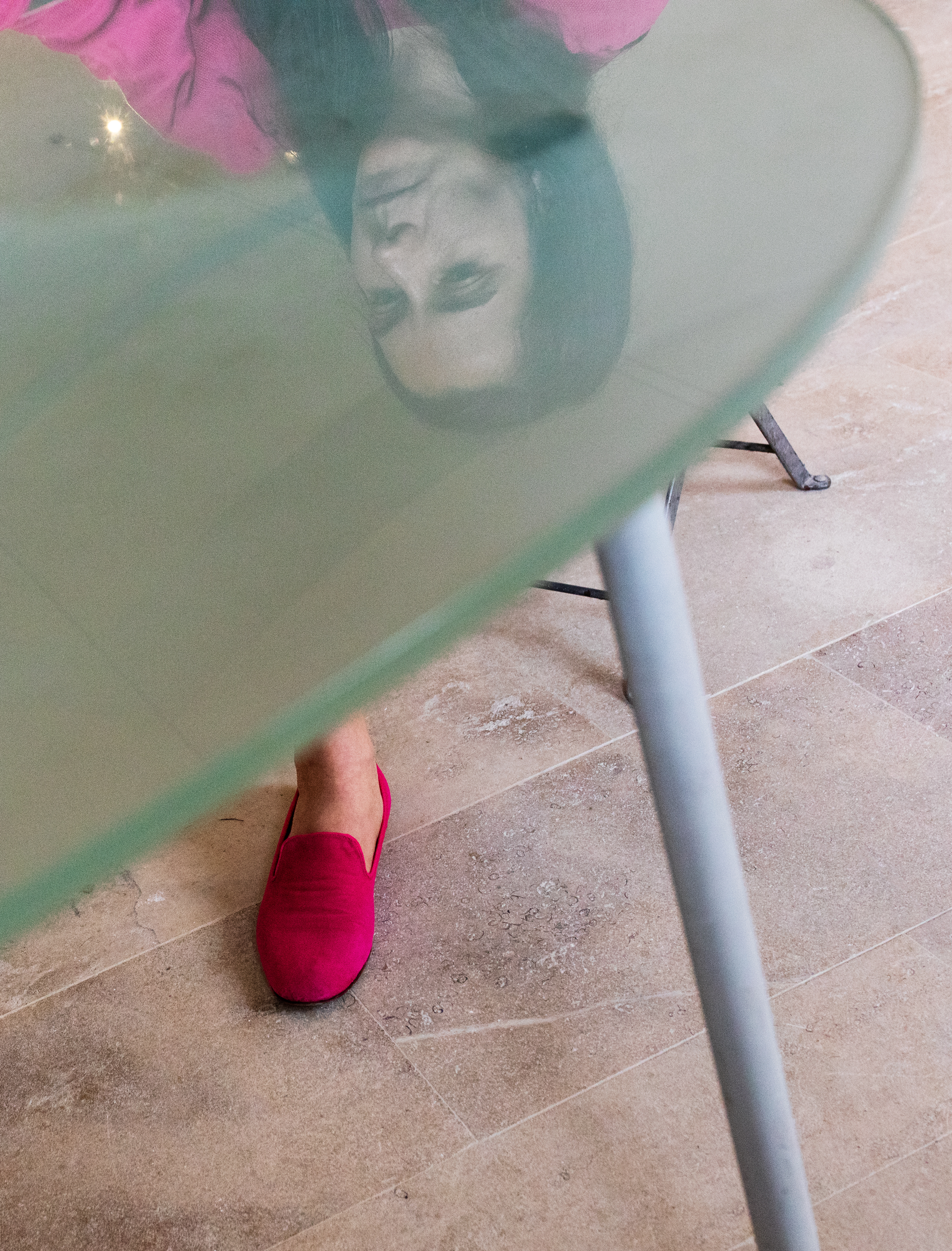
The Harvest Decisions & Winemaking
The 2023 harvest season was hot—one of the hottest Septembers on record, with an average maximum daily temperature of 28.6 degrees C (84 F). It was also not without rain. Overall, there was a significant difference in the amount of rain received around Bordeaux in September and its impact. In total, Pomerol only received 51.5 mm of rain, most of it after the Merlot had been harvested. The Médoc received 70-85 mm of rain in September, most of it before the Cabernet was harvested, causing dilution.
Surprisingly, there was only a little reported botrytis/grey rot damage, but the risk was real, adding to the stress of harvest and resulting in twitchy secateurs. There were also reported outbreaks of grape worms infesting berries on the Right Bank and to the south in Sauternes, which was unusual for this time of year. I was informed that the hot temperatures at the end of August and into September triggered butterflies to lay third-generation eggs in the grapes, potentially opening the berries up to grey rot. With so much heat, rain forecasted, and the threat of rot, winemakers were under a lot of pressure to pick as soon as possible.
The other major factor affecting harvest timing decisions was uneven ripening.
2023 required a lot more focus and strategy than usual. Waiting for ripeness was nerve-wracking, especially since everything was ripening at different rates. Inter-parcel selection was one of the keys to bringing in fully ripe grapes this vintage, but this was an expensive endeavor.
“It was very uneven in terms of ripening,” said Philippe Bascaules of Château Margaux. “We have lots of tanks now, so we could separate the parcels. I’ve never seen this variation in the levels of tannin extractability in the tanks! In some tanks, the tannins didn’t move for 20 days. Some tanks were 12 days on skins, and others were 28! I can’t explain it. Overall, the level of tannins is a little lower this year. We had to adapt a lot, depending on the conditions of each tank.”
"It was not easy to understand the vintage during the harvest."
Chateau Latour’s winemaker, Hélène Genin, commented, “It was not easy to understand the vintage during the harvest. The Merlot had an easy time to ripen but the Cabernet Sauvignon berries were smaller due to drought. The rainfall of the 12th of September changed everything. The alcohol went down in the Cabernet Sauvignon, but the rain was good because it helped the berries to ripen. When we had the heat spells, the enzymes that ripen and soften the skins were inhibited, but on the 12th of September the rain we received helped to boost these enzymes and the skins could then ripen. We thought the skins would be ripe by the 18th of September, but we had to wait four more days for the impact to occur. It was two different vintages for the Merlot and the Cabernet. We had difficulties to obtain juice from the Cabernet. We had a little sunburn, which was easily sorted on the tables. The Merlot berries were quite big. We had to declassify some of the Merlot from the Enclos because it would have been too much compared to the small amount of juice from the Cabernet Sauvignon.”
"It took a lot of energy to produce this!"
“It took a lot of energy to produce this!” Exclaimed Virginie Sallette, technical director at Gruaud Larose. “Sorting in the vineyard had an impact on the grand vin for sure. We began 11th September harvesting the Merlot, but then waited ten days before picking the Cabernet Sauvignon. With some parcels, we made three passes to get rid of the dried berries from the heatwave in August. We sent a team out to cut the dried berries. It was a long and costly harvest. We are working hard to be more precise. We had to declassify some of the wines that normally go into the grand vin, especially the Merlot, which suffered more from the heatwave.”
Château Pavie harvested from the 18th of September until the 5th of October. “This was one of the vintages when we went outside the most to taste the grapes in order to make picking decisions,” said Henrique Da Costa. “The picking order was really different from other years—you couldn’t predict ripeness based on previous experience or numbers. For example, we picked some old vine Merlot after a block of Cabernet. It was very difficult to be so focused and selective, but it was so important.”
The entire 2023 harvest season was so hot that many wineries made the decision only to pick in the morning for the health of their harvest teams. Wineries that had installed cool rooms to chill their fruit coming into the winery were reaping the benefits this year.
"The cold room was a game changer for us."
“The cold room was a game changer for us with the new cellar,” said Aymeric de Gironde, estate director of Troplong Mondot. “We use the giant cold room for cold maceration. The trick is to pick, have your flavors, and bring those to the bottle.”
“This is the first vintage produced in our new cellar,” said Domaines Delon’s vice president, Jean-Guillaume Prats. “We have cooling rooms to cool down the grapes when necessary. This also allows us to process the next day, so we are not in a rush in terms of winemaking. There was no drying out of the grapes or raisining to deal with this year, and no botrytis. We have been practicing inter-parcel selection for harvesting for the last few years.”
Haut Bailly’s winemaker, Veronique Saunders, said, “Choosing the optimum date of harvest was very important this year. Fortunately, we now have a cool room. It’s so much easier to deal with nature when you have these kinds of tools.”
A winemaking decision of critical importance in 2023 was the question of must concentration since almost everyone throughout Bordeaux had some degree of dilution to manage. Ultimately, the decision depended on the ripeness of tannins. If the tannins weren’t ripe enough, the effect of concentration could be aggressive tannins.
"We did a lot of inter-plot selection."
“We did a lot of inter-plot selection when it came to harvesting,” said Mariette Veyssire, winemaker at Château Quintus in Saint-Émilion. “One of the keys of the vintage was to be precise with our harvesting. It was one of the most difficult vintages to find the right date of harvest! Density sorting helped us to sort the berries out that weren’t ripe. I decided not to perform any saignée. We didn’t want to concentrate the tannins.”
Matthieu Bordes from Lagrange in Saint-Julien mentioned, “The Merlot was very nice, but the berries were quite big. We performed some bleeding on the Merlot.”
“We had quite big grapes,” said Henri Lurton at Brane-Cantenac in Bordeaux. “We did saignée—quite a lot. This year, the press wine for Merlot was very good.”
“We harvested the Merlot and the Cabernet Franc from the 10th to the 14th of September,” said Noëmie Durantou of L'Eglise Clinet. “I didn’t want to wait until after the rains to do the Cabernet Franc. The grapes were already ripe, and they were already big. We did 20% saignée and didn’t want to do more.”
Given the nature of the tannins this year, extraction methods across Bordeaux were of the softly, softly catchee monkey approach. Fermentation temperatures were lowered, and pump-overs were conducted in the early days of fermentation, while the alcohols were low, with less frequency as the fermentation progressed and less overall time on skins.
“We focused our extraction more on the early days with more pump-overs in the first week,” said Nicolas Glumineau of Pichon Comtesse de Lalande. “Then we kept it gentle after that when we had more alcohol. Everything was about extracting the ripe tannins.”
“Naturally, this vintage gives a little less tannins and alcohol,” said Dominique Arangoïts of Cos d’Estournel. “The higher number of seeds in the berries and the fact that the seeds weren’t so ripe pushed us to very gentle with extraction. Our maceration was 22-23 days compared to 28-30 days.”
“There was some bleeding necessary for the Cabernet because there was some dilution,” said Tracey Dobbin at Ducru-Beaucaillou. “We have the smart vats that conduct pump-overs overnight so that we can do all our extraction very quickly within just a couple of degrees of alcohol.”
"We wanted to protect the delicate floral aromas."
“In winemaking, we wanted to protect the delicate floral aromas,” said Benjamin Laforêt, winemaker at Angélus. “So, we had a long cold soak and then a cooler fermentation at 20-22 degrees C to protect aromas and gently extract tannins but not the seed tannins, which could be a problem this vintage. The use of the foudres (large oak barrels) on the Cabernet Franc helps us to protect the aromatics.”
Given the more delicate nature of the wines, less new oak is generally being employed this year, but there are also some practical reasons for this.
“We harvested earlier than before to keep more freshness in the wines,” said Sarah Lecompte Cuvelier at Léoville-Poyferre. “We did some saignée on the Merlot, but not on the Cabernet Sauvignon. And we reduced the amount of new oak this year down to 80%, mainly because we didn’t have enough new oak for the crop size!”
On both banks of the estuary, there is a mid-palate thinness and a shortness of finish apparent in some wines, ultimately down to over-cropping and/or dilution from the rains.
There was also the question of chaptalization—especially in the Mêdoc. No one wanted to go on record to discuss it, but I heard some talk of sugar sales being high in Bordeaux in September and October, so it sounds like there was some chaptalization was going on, which makes sense considering the lower alcohols and levels of dilution in areas.
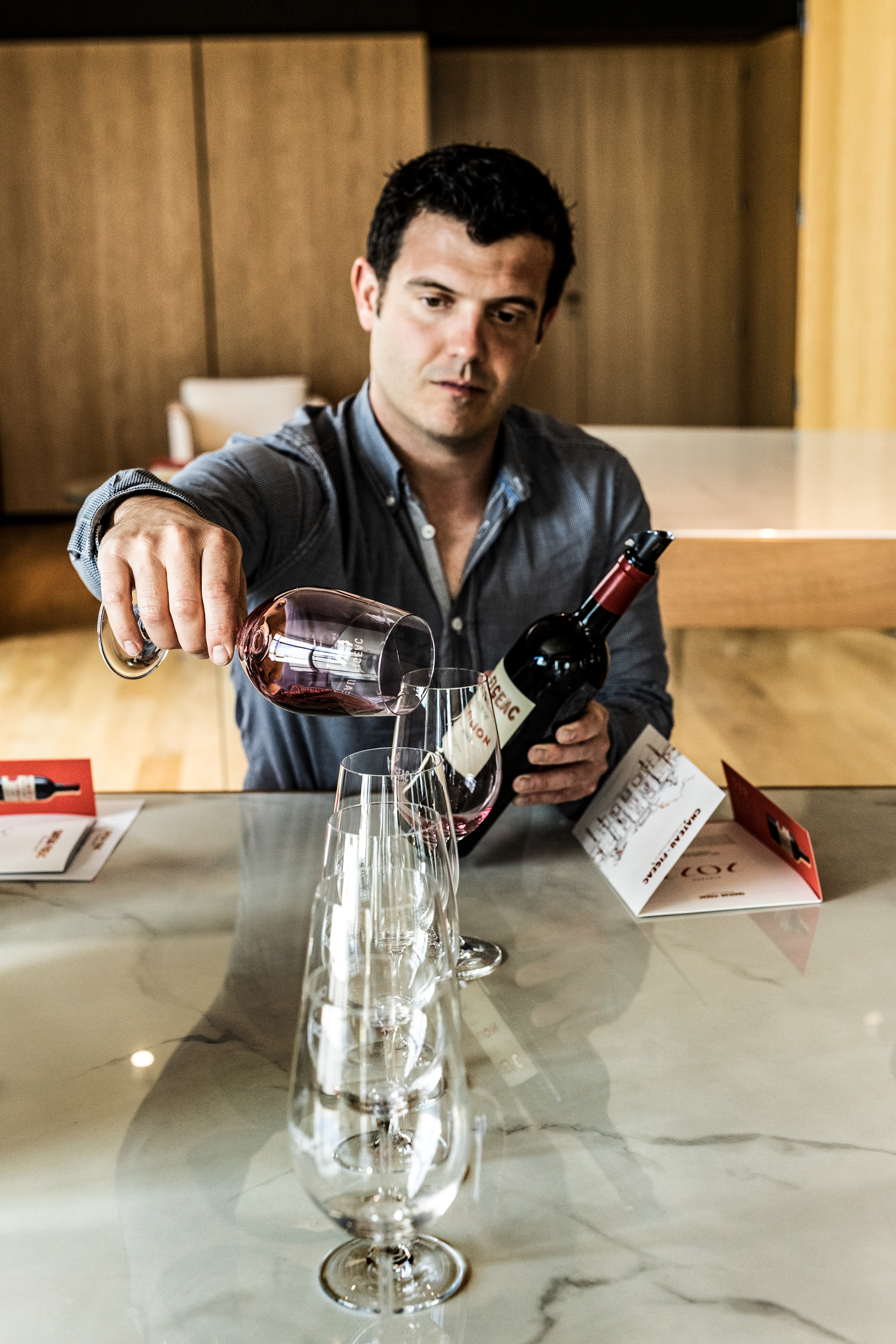
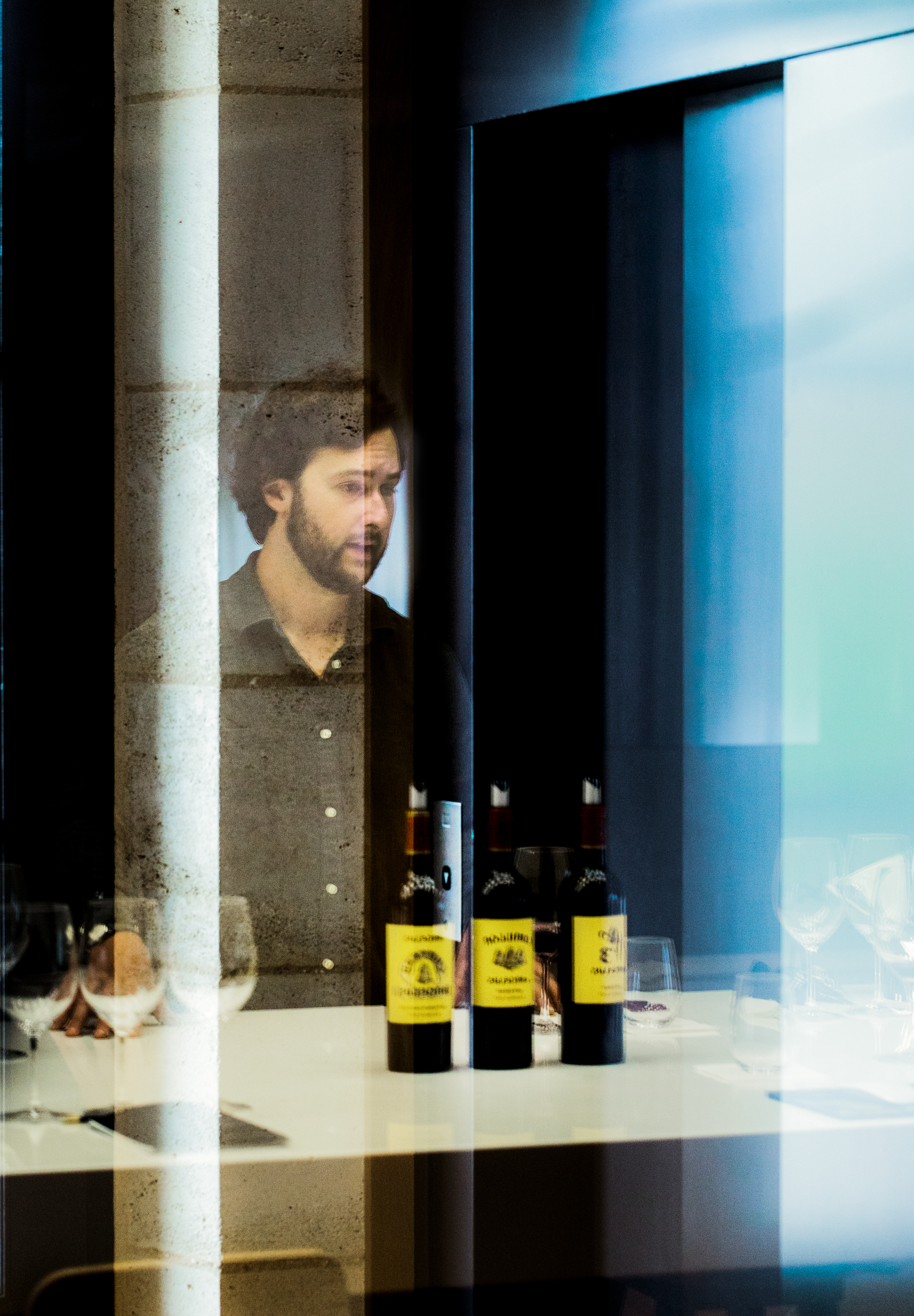
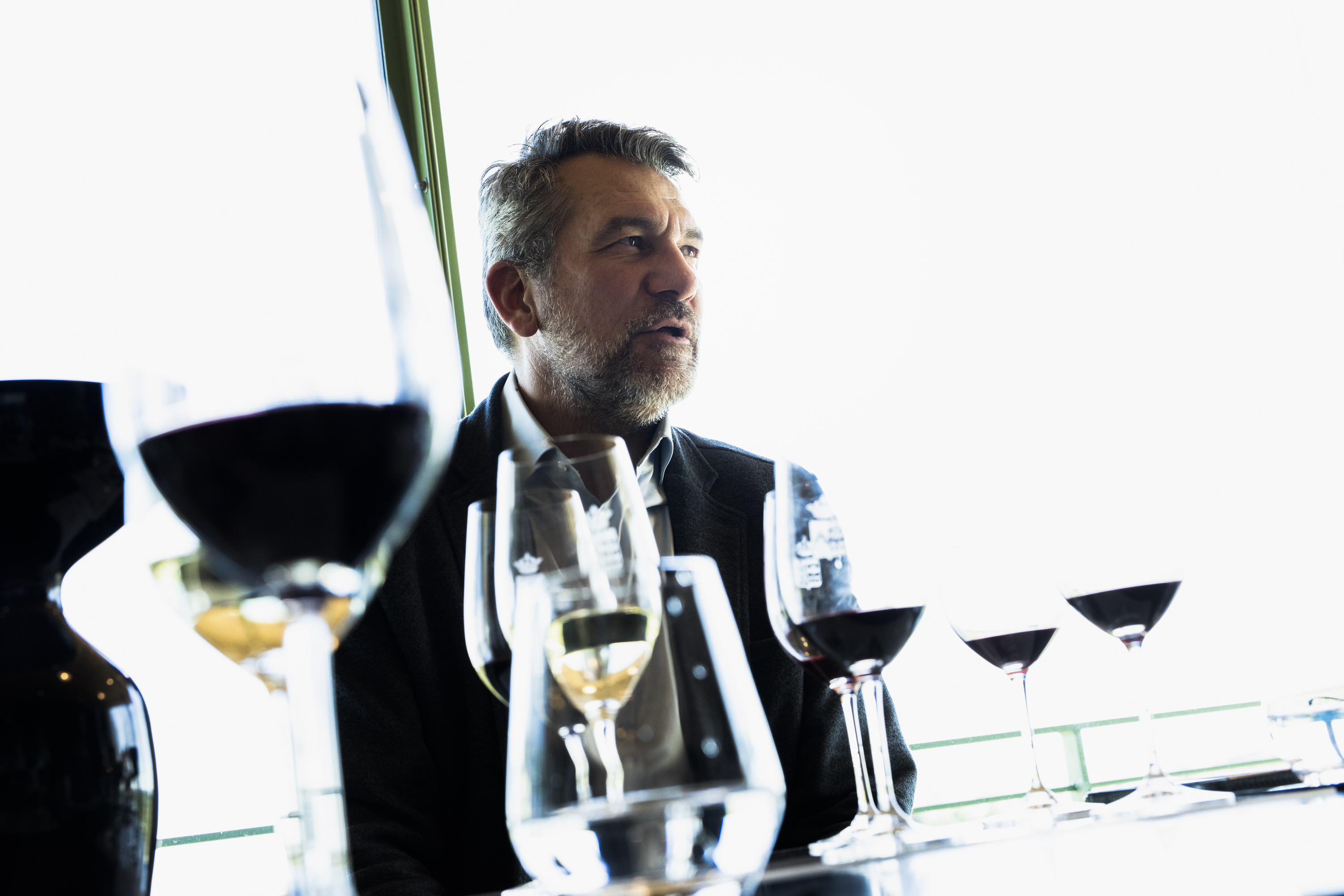
Jumanji
Whereas 2019, 2020, and 2022 were consistent vintages in which, if the effort was made, everyone could win, 2023 was a game of winners and losers.
Based on my tastings, there were more winners on the Pomerol plateau and on the limestone/clay terroirs of Saint-Émilion.
For all the discussion about the viability of Merlot in the face of climate change, when the heat is on, it is this earlier ripening variety on these terroirs that consistently pulls through with stellar results. Likewise, Cabernet Franc on these terroirs ripens gracefully and keeps its cool, making it the ideal dance partner. For Pomerol and Saint-Émilion lovers, this is a vintage to seriously consider buying.
This said, some wines of true greatness have emerged in 2023 from the herculean efforts put in by some of the estates in the Médoc and Pessac-Léognan.
Although 2023 could be seen as a very expensive vintage to manage in terms of labor, I’d like to stress that it wasn’t only the rich, flashy wineries that made great wine this year. I’ll say it again—spectacular wines were made in 2023 by one person on a tractor working their tails off within a modest winery.
Finally, I firmly believe that the best value Bordeaux varieties wines in the world are made in Bordeaux.
Priced between 5 euros and 30 euros ex cellars, these wines are largely made by humble farmers who barely scrape by. And they are making far better wines than their fathers and grandfathers. Years like 2023 are crippling for them, and yet many of the wines that have been made are down-right delicious bargains worth seeking out.
I still have a few more wines to add to this report, and a separate report dedicated to 2023 Sauternes will be published within the next two weeks.
Until then, happy Bordeaux Primeurs hunting!
–
Article & Reviews by Lisa Perrotti-Brown MW
Photography by Svante Örnberg
See more work from Svante at svanteornberg.se by clicking here!
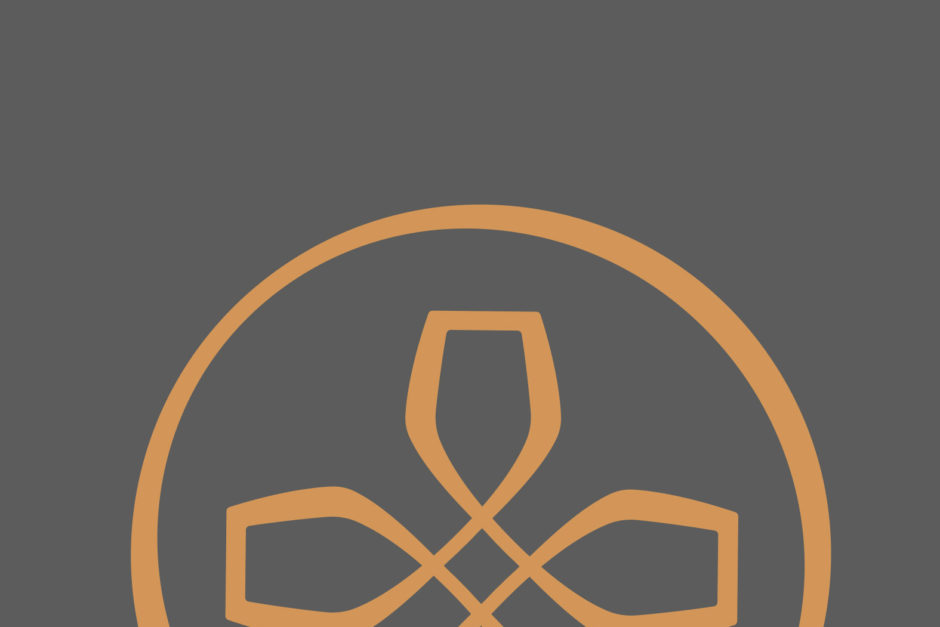
PRODUCERS IN THIS ARTICLE
> Show all wines sorted by scoreMore articles
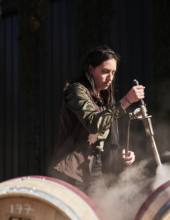
Cathiard Vineyard New Releases
02nd May 2024
3 tasting notes
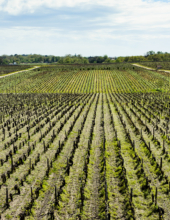
Bordeaux 2023 Preliminary Vintage Report and Reviews from Barrel
29th Apr 2024
56 tasting notes
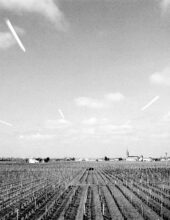
2021 Bordeaux in Bottle and A Modest Proposal
24th Apr 2024
599 tasting notes
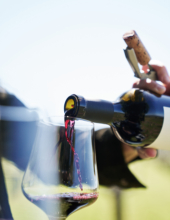
Pilcrow’s New Releases
18th Apr 2024
7 tasting notes
Show all articles